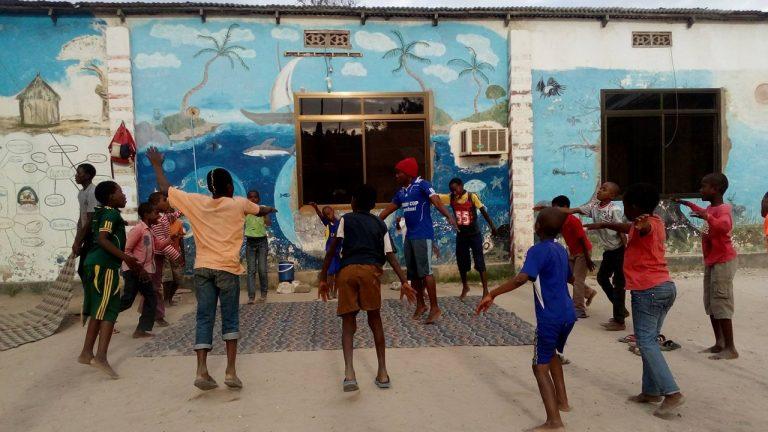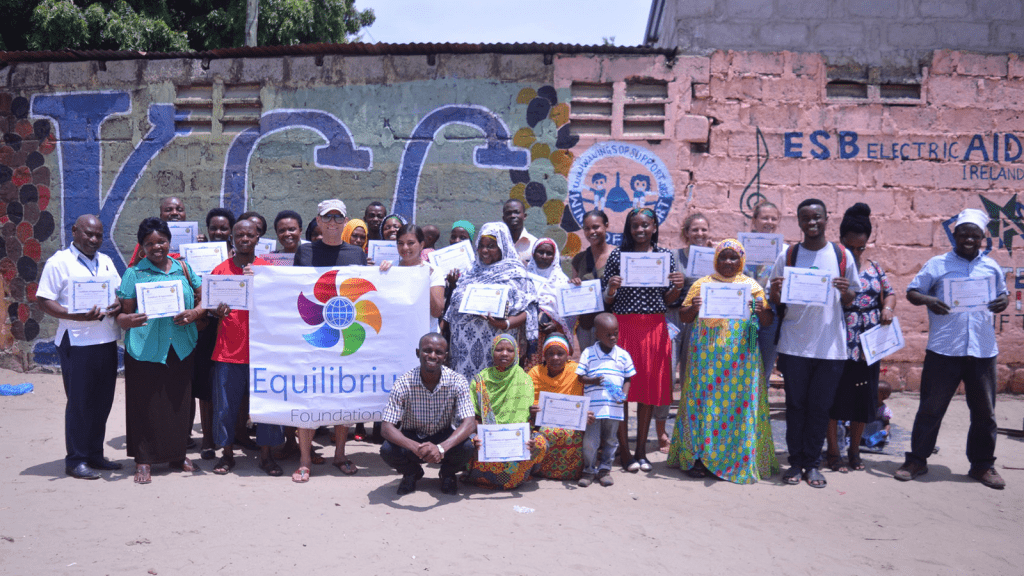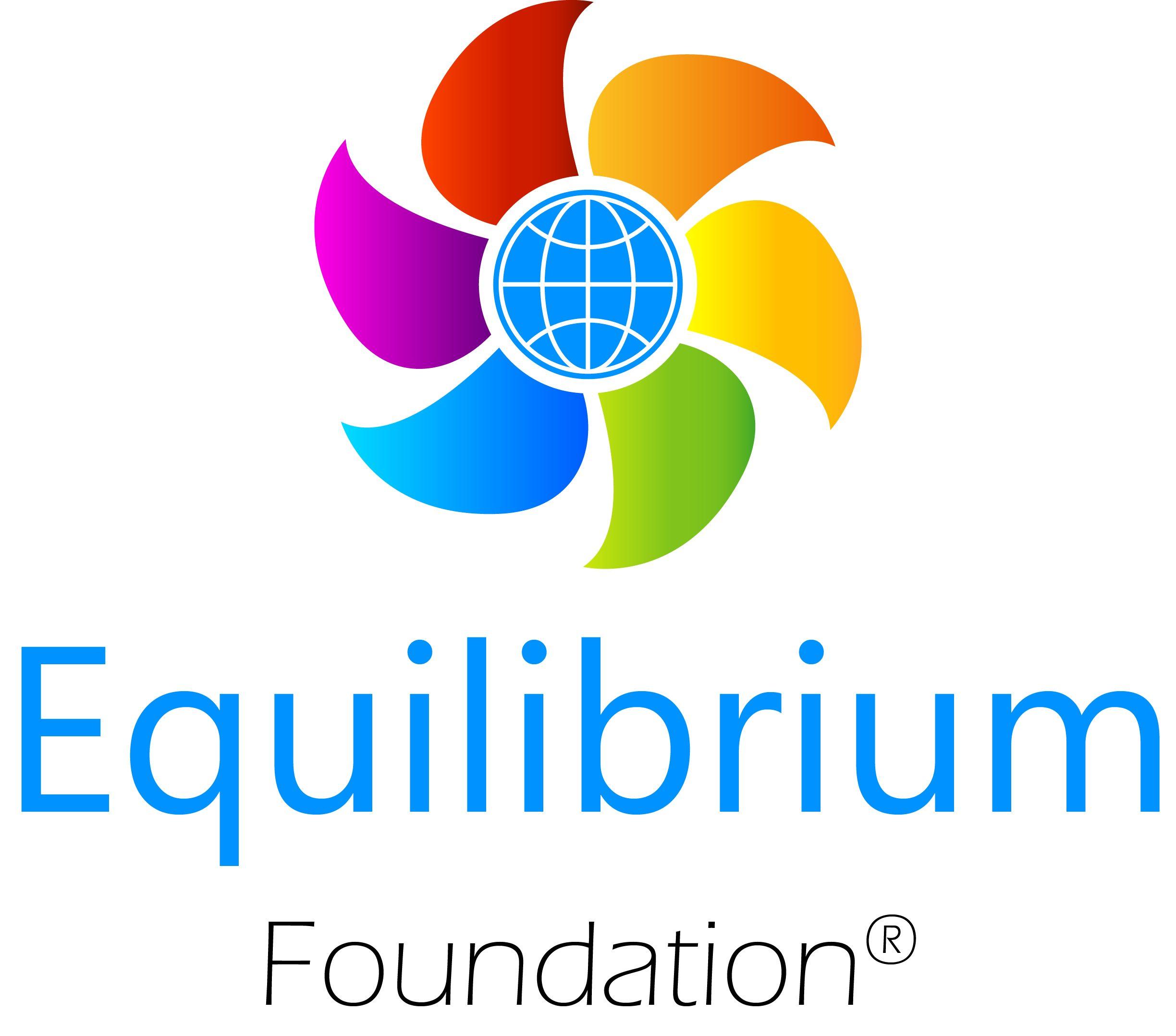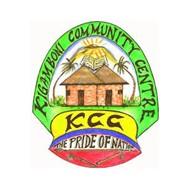
Tanzania
The United Republic of Tanzania is a country in East Africa within the African Great Lakes region. With about 56 million inhabitants, Tanzania is one of the most populous countries in sub-Saharan Africa. Since its independence in 1964, the country has developed peacefully and politically largely stable.
Key socio-economic indicators:
- Population growth per year 2.99 % (2018).
- Share of rural population 66.23 % (2018).
- Per capita income (purchasing power parity): USD 1,233 (estimated, 2020).
- Distribution of income (Gini): 37.8 = medium. Rank 76 of 159 countries (2014).
- Carbon dioxide emissions per capita (in tonnes): 0.24 (2014).
- Poverty:
- Proportion of people living in extreme poverty: 49.1% (2017).
- Proportion of people living below the national poverty line 26.4 % (2018).
- Proportion of people undernourished 30.7% (2017)
- Global Hunger Index (GHI): 28.6 (serious). Rank 95 of 117 countries (2019).
- Economic Transformation Index (BTI): Rank 82 of 137 countries (2020).
- Human Development Index (HDI): Rank 159 of 189 (2018).
Politics
The politics of Tanzania take place in a framework of a unitary presidential democratic republic, whereby the President of Tanzania is both head of state, head of government, and of a multi-party system. Executive power is exercised by the government. Legislative power is vested in both the government and parliament. The party system is dominated by the Chama Cha Mapinduzi (Revolutionary State Party). The Judiciary is independent of the executive and the legislature.
Education
In 2012, the literacy rate in Tanzania for persons aged 15 and over was estimated to be 68 %. Education is compulsory until children reach age 15. The number of primary school children per teacher is 50.64 (2018). The proportion of school-age children attending primary school was 81 % in 2018. The primary school completion rate was 69 % in 2018.
Nutrition
Tanzania has made some progress towards reducing extreme hunger and malnutrition from GHI with “alarming” in the year 2000 to “serious” in 2019. But poor nutrition remains a persistent problem and varies hugely throughout the country’s regions. 16% of children are underweight and 34% experience stunted growth as a result of malnutrition. Children in rural areas suffer substantially higher rates of malnutrition and chronic hunger, although urban-rural disparities have narrowed as regards both stunting and underweight.
Water supply and sanitation
Water supply and sanitation in Tanzania have been characterised by decreasing access to improved water sources in the 2000s (especially in urban areas), steady access to some form of sanitation (around 93 per cent since the 1990s), intermittent water supplies, and generally low quality of service. The Tanzanian water sector remains heavily dependent on external donors, with 88 per cent of the available funds being provided by external donor organisations.
Healthcare
Due to the wide spread of infectious diseases such as malaria and AIDS, life expectancy in Tanzania is still lower (2018: 65 years). Despite good progress in recent years – for example in reducing infant mortality, reducing the HIV rate (from 8 % in 1998 to 5 % in 2014) and the high school enrolment rate (2013: 90 percent) – there is still a great need for improvement in education and health care, especially for women.
Poverty
The most prominent challenges Tanzania faces in poverty reduction are unsustainable harvesting of its natural resources, unchecked cultivation, and climate change and water- source encroachment.
Economics
The Tanzanian economy has been growing steadily for more than 10 years and is strongly influenced by the service sector. This currently accounts for around 43 % of the gross domestic product. In recent years, economic growth has been driven in particular by the construction and transport industries. The 2nd most important sector is agriculture, which generates around 30 % of the gross domestic product and employs around 70 % of the population. The main crops grown for export are coffee, cotton, tea, tobacco, sisal and cashew nuts. The industrial sector contributes 25 % of the gross domestic product, but employs only 6 % of the population. Tourism has now become the largest source of foreign exchange.
Our Projects
Disability Awareness

Dar Es Salaam, Tanzania
Results: 27 health government workers and KCC members empowered with proper knowledge and basic skills about disability characteristics and possible interventions.

